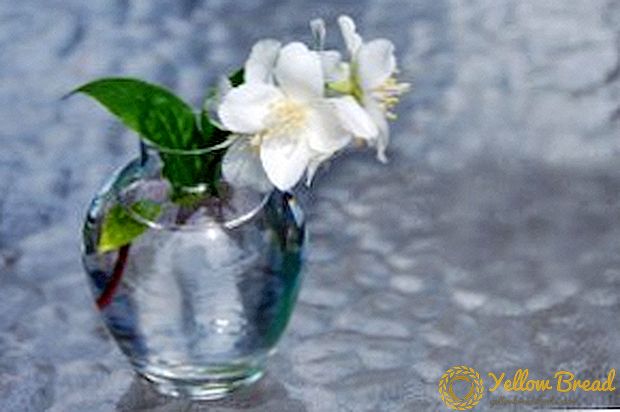
Marisa Berenson in a variety of Bulgari rings and gold chain necklaces, 1969.
Running through February 17, 2014, the de Young museum of San Francisco presents "The Art of Bulgari: La Dolce Vita & Beyond 1950 - 1990." The exhibition-that will appeal to jewelry collectors, art enthusiants and history buffs alike-features 150 pieces documenting the work of the jewelry house over four pivotal decades in Italian design.

Giardinetto brooch, 1959.
In the 1960s, Bulgari's signature designs were marked by boldly-colored combinations of gemstones, use of heavy gold, and forms derived from Greco-Roman classicism, the Italian Renaissance, and the 19th-century Roman school of goldsmiths.

Snake bracelet watch, 1967.
Designs from the following two decades were influenced by Pop Art and other contemporary movements.

Melone evening bag, 1972.
"The hard-edged designs of the 1970s included a whole range based on the Stars-and-Stripes motif, while in the 1980s the Parentesi collection had a smoother, modular, almost architectural presence; both show how the jeweler could lead in new directions with a strong sense of design," said Martin Chapman, curator in charge of European Decorative Arts and Sculpture at the Fine Arts Museums of San Francisco.

Tubogas choker, 1974.
Expect to be dazzled by not only the stunning pieces that illustrate evolving tastes and trends in the wearable art, but also the cultural context, sources of inspiration, and influential women who donned the coveted creations (the exhibit will include many pieces from the personal collection of Elizabeth Taylor).

Princess Grace of Monaco, wearing a Bulgari gold coin-set necklace, in Monte Carlo, 1978.






